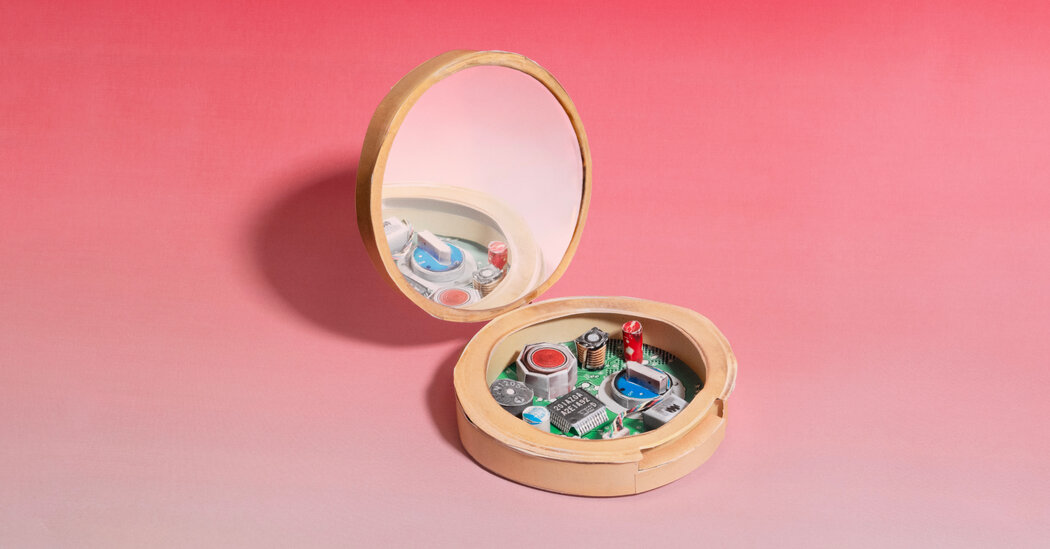For years, an at-home beauty device meant a hair dryer or maybe an electric toothbrush. Today, they have never been more omnipresent or more advanced, with heavily marketed products that range from $500 LED masks that promise to reduce fine lines, pigmentation and redness to laser wands that permanently (or so they claim) remove unwanted body hair.
The appeal, in part, is the idea of being able to bring home medical-grade self-care without stepping into a dermatologist’s or plastic surgeon’s office. (At the med-spa chain Ever/Body, for example, laser hair removal costs as much as $300 per session; the company advises 6-10 treatments plus annual maintenance.)
Consumers have taken notice. In November of this year, a report by the Beauty Tech Group and Price Waterhouse Cooper estimated at-home beauty devices to be growing at four times the rate of the overall skin-care category, and predicted that sales will reach $92.55 billion by 2028.
In the age of social media, D.I.Y. devices offer another kind of visual currency as well: They tend to be flashy and expensive and in selfies make you look kind of cool or scary, like a minor superhero or a sci-fi movie character.
Despite their initial sticker shock, the appeal of these tools stems in part from the relative bargains they seem to offer, when it comes to the latest tech innovations in personal care. A red light hat from HigherDOSE is $449 and a laser starter kit from LYMA is $2,695. Along with those price tags come promises: The hat from HigherDOSE pledges on its website to “revitalize your scalp and support healthy hair growth with the power of 650nm red light.” LYMA’s flashlight-shaped wand “addresses everything from body scars, cellulite and spider veins to acne, sagging skin and rosacea.”
Everyday beauty enthusiasts seem more willing than ever to invest in those ideas. “The rise of cosmetic facial surgery and the widespread use of filters and editing tools like Facetune have redefined beauty standards,” said Lily Twelftree of Barefaced, an Australian beauty analysis company with a popular TikTok account. “This cultural shift has raised consumer expectations, with people willing to pay premium prices for beauty products that deliver elevated results. Beauty products are now expected to replicate the results of a needle or a knife, and consumers are willing to pay top dollar to get those results at home.”
